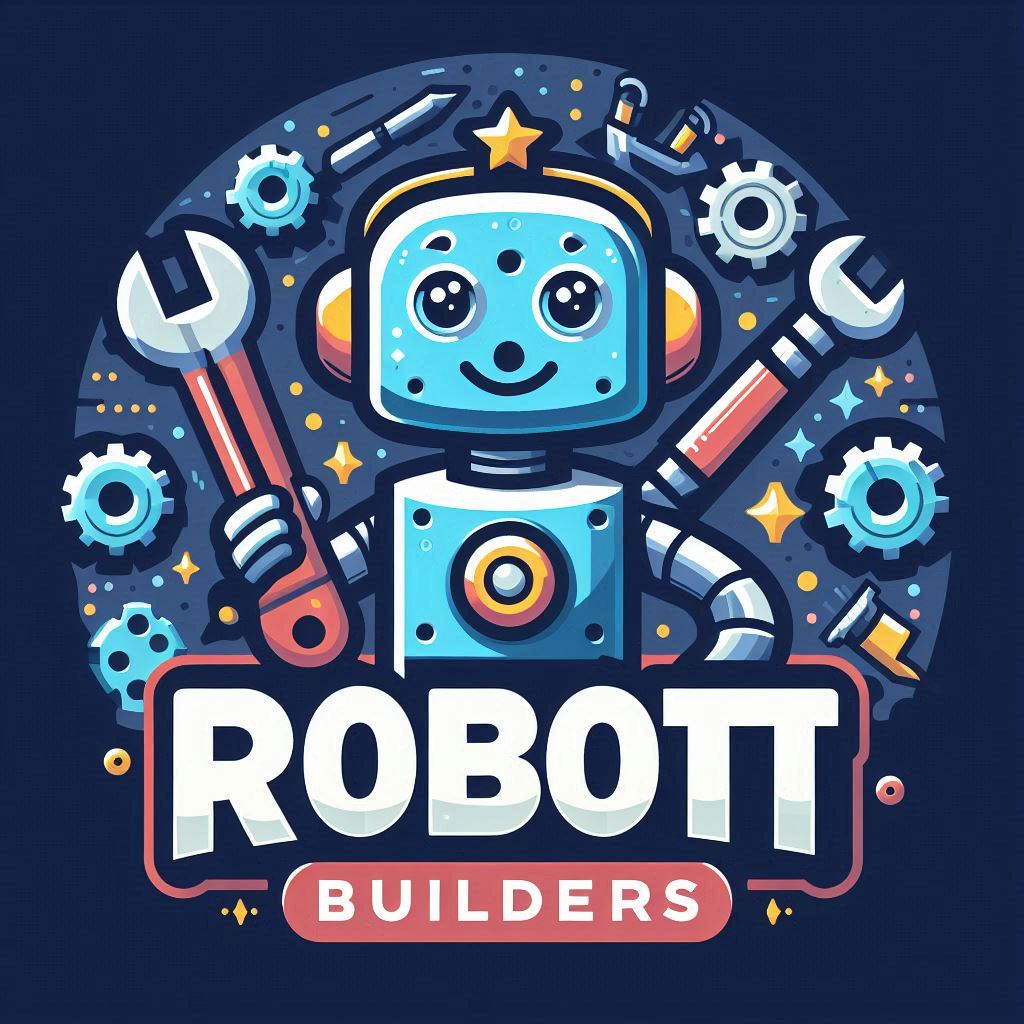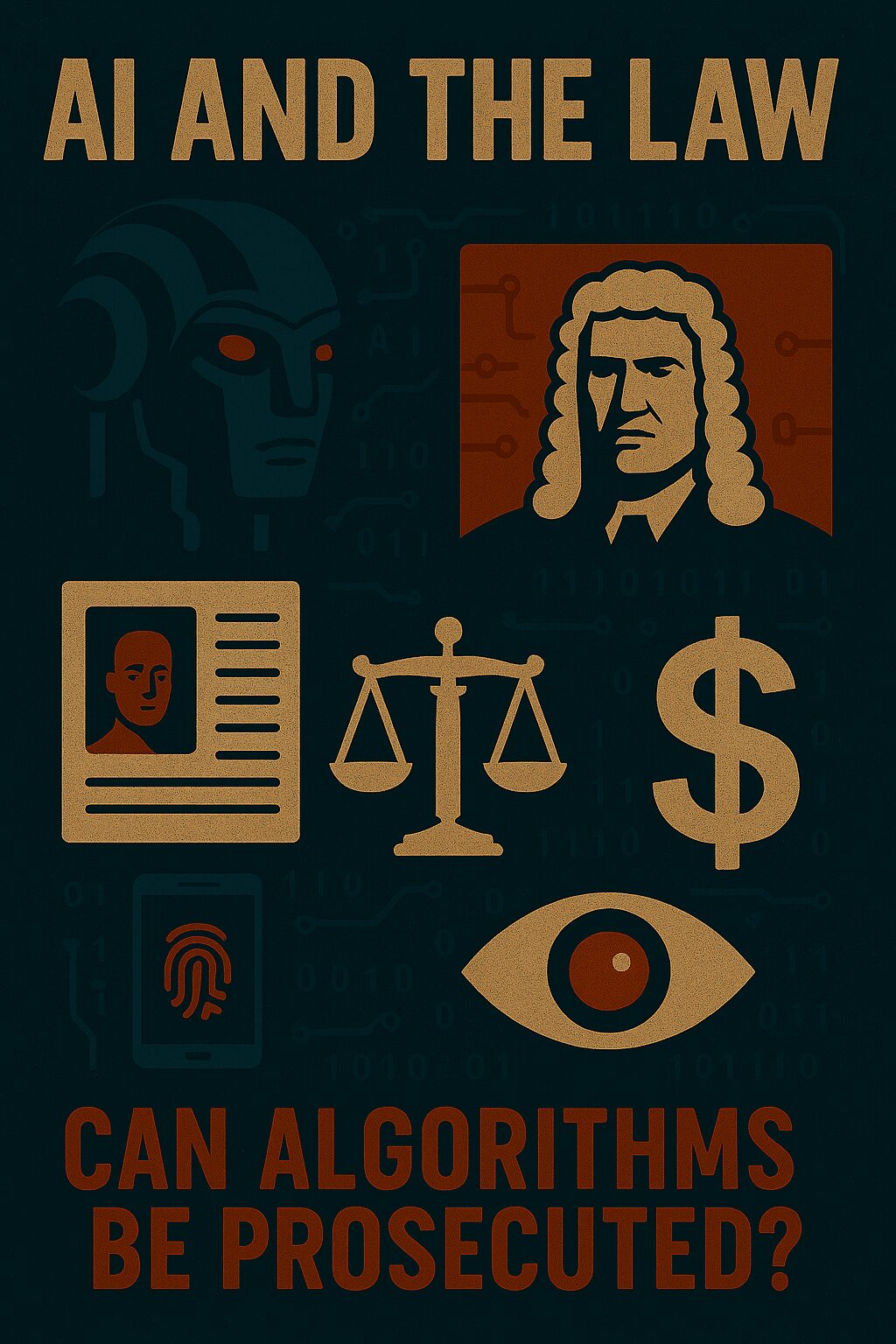Introduction: When Code Crosses the Line
In 2025, artificial intelligence is no longer just a tool—it’s a decision-maker. From hiring to sentencing, algorithms now influence outcomes that were once the sole domain of human judgment. But as AI systems cause harm, discriminate, or manipulate, a critical legal question emerges: Can an algorithm be prosecuted?
This article explores the evolving legal landscape surrounding AI accountability, liability, and the future of justice in a machine-driven world.
🤖 What Does It Mean to “Prosecute” an Algorithm?
Prosecuting an algorithm doesn’t mean putting software on trial. It refers to holding creators, deployers, or operators legally responsible for the actions or outcomes of AI systems. This includes:
- 🧪 Biased hiring algorithms violating civil rights
- 💳 Fraudulent recommendation engines enabling financial scams
- 🧠 Predictive policing tools targeting marginalized communities
- 🏥 Medical AI systems making life-threatening errors
According to the , accountability gaps remain a major concern, especially when AI decisions are opaque or autonomous.
📈 Legal Challenges in Prosecuting AI Systems
| Legal Barrier | Description |
|---|---|
| 🧠 Lack of Legal Personhood | Algorithms are not recognized as legal entities |
| 🕵️♂️ Attribution Complexity | Difficult to trace responsibility across developers, vendors, users |
| 📜 Regulatory Gaps | No unified federal AI law in the U.S. |
| ⚖️ Bias & Discrimination | Hard to prove intent or malice in algorithmic decisions |
The proposed U.S. SANDBOX Act introduces a regulatory framework for AI experimentation, but critics argue it may weaken consumer protections by allowing companies to bypass certain legal obligations for up to 10 years.
🧪 Real-World Cases in 2025
- The FTC has penalized companies under Section 5 for deploying deceptive or biased AI tools
- Courts are seeing a rise in lawsuits involving automated decision-making in employment and lending
- Antitrust enforcers are investigating algorithmic pricing conspiracies among competitors
These cases show that while algorithms themselves aren’t prosecuted, the entities behind them increasingly are.
🛡️ How Legal Systems Are Adapting
✅ Emerging Legal Strategies
- Assigning liability to developers, deployers, or data providers
- Mandating algorithmic transparency and auditability
- Requiring AI risk assessments and ethical disclosures
🌍 Global Trends
- The EU’s AI Act introduces risk-based governance and fines for harmful AI use
- U.S. states like California and New York are passing AI disclosure laws
- International bodies are exploring AI ethics treaties and cross-border enforcement
🔑 SEO Keywords to Target
- AI and the law 2025
- can algorithms be prosecuted
- legal liability for AI systems
- artificial intelligence accountability
- biased algorithms and civil rights
- FTC AI enforcement
- SANDBOX Act and AI regulation
🧭 Conclusion: Justice in the Age of Algorithms
In 2025, the courtroom is no longer just for humans. As AI systems shape lives and livelihoods, the law must evolve to answer a profound question: Who is responsible when a machine causes harm?
While algorithms may not stand trial, the architects behind them will. And the future of justice depends on our ability to hold intelligence—artificial or not—accountable.

